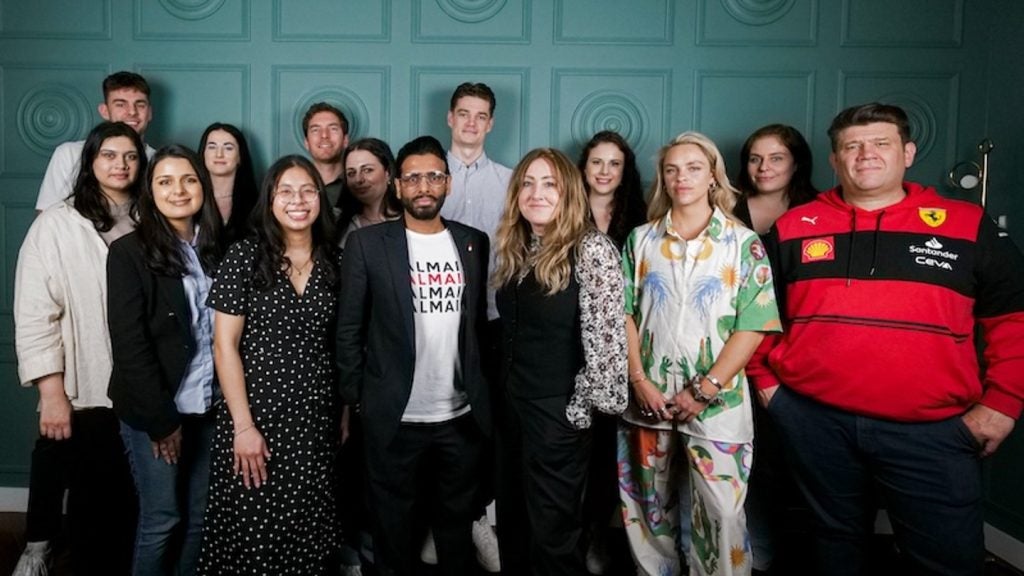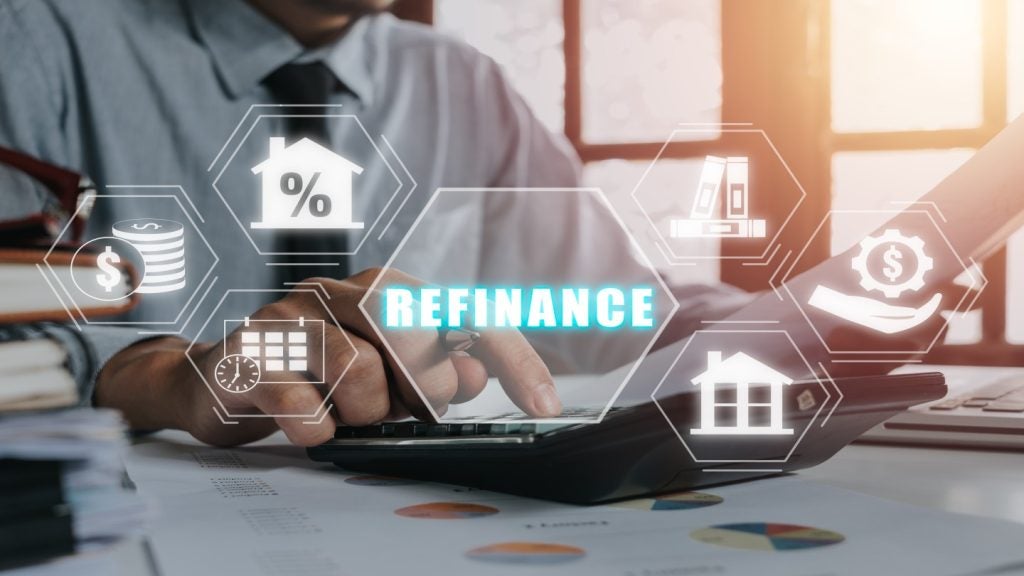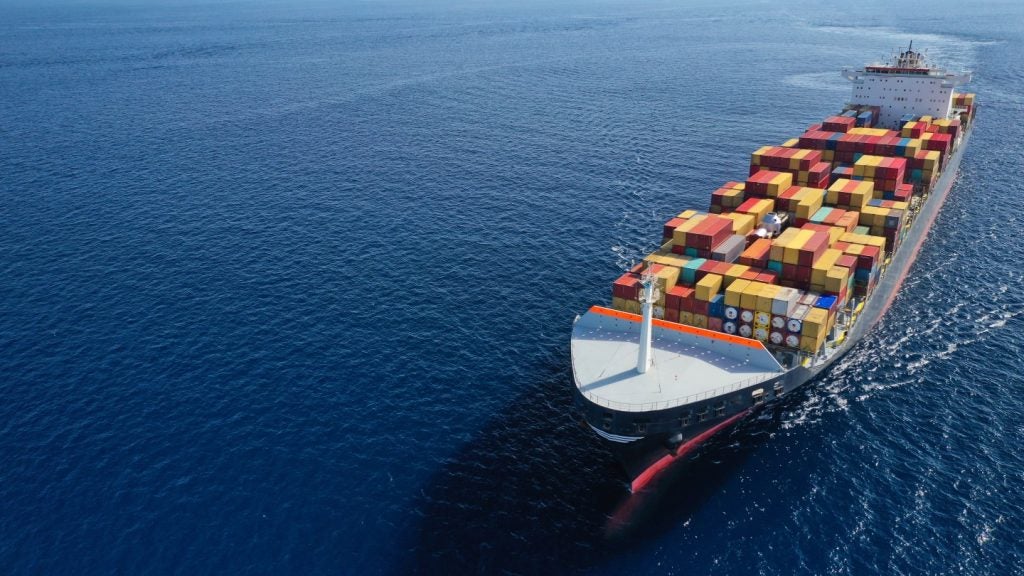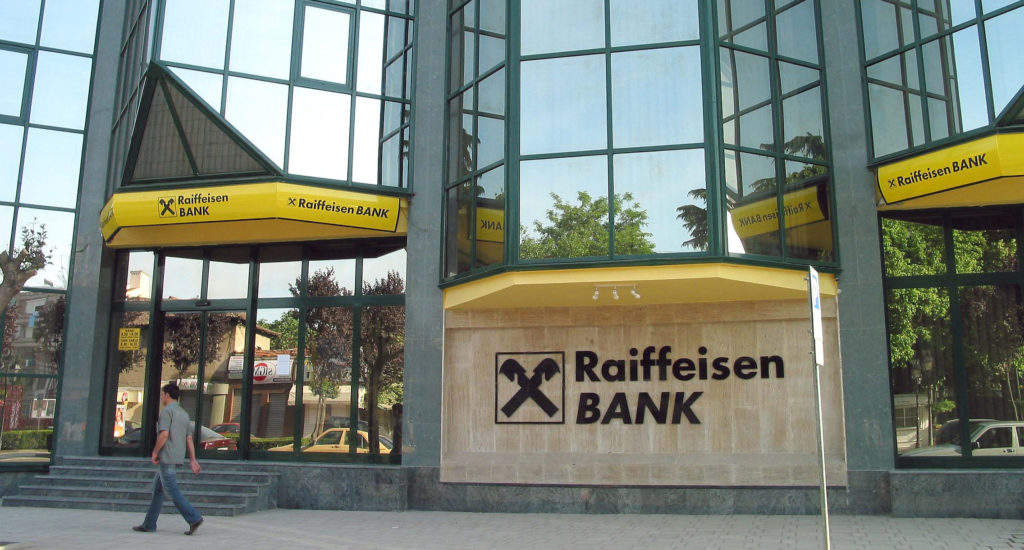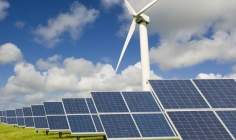
The renewables finance sector offers commercial opportunities but is susceptible to withdrawal of subsidies, explains Peter Johnstone and Mike Cobb
Subject to a host of country-specific and pan-European subsidies and schemes, the renewable energy finance market is tied more closely to political vagaries than most other asset sectors.
Simon Jetzinger, project manager at DAL Structured Finance, the energy and project finance division of Deutsche Leasing, says whether the German renewable finance market grows or declines over the next few years depends on how the newly formed coalition government decides to reform the country’s energy subsidies.
Jetzinger says he expects subsidies will decline and as a result the renewable energy market will "decline a little".
"It’s very crucial to see what politicians are going to do," he says.
This uncertainty over subsidies has led De Lage Landen (DLL) to become more cautious in these markets.
How well do you really know your competitors?
Access the most comprehensive Company Profiles on the market, powered by GlobalData. Save hours of research. Gain competitive edge.

Thank you!
Your download email will arrive shortly
Not ready to buy yet? Download a free sample
We are confident about the unique quality of our Company Profiles. However, we want you to make the most beneficial decision for your business, so we offer a free sample that you can download by submitting the below form
By GlobalDataBruce Trachtenberg, vice-president and general manager of DLL’s Clean Technology division, said: "Where we’re being a little more hesitant is markets which are heavily reliant on government subsidies.
"We realise there are government incentives in a lot of markets.
"Where we feel there’s greater likelihood that they’re going to shift or they’re not sustainable, we’re looking to see how they develop."
The subsidies in Germany had created a boom according to Jetzinger: "From 2010 to 2012 it was amazing how much solar plants were built."
The withdrawal of 2.7bn in solar power subsidies by the Spanish government this summer caused a crisis among those that had already invested heavily in the technology and brought the growth of solar plants to a grinding halt.
However, the withdrawal of subsidies doesn’t affect the slate of current deals according to Trachtenberg."Once a subsidy is committed, those subsidies remain in place but do not apply to new deals going forward," he says.
Investment risk
A withdrawal of subsidies is more about the finance company’s ongoing business model continues Trachtenberg: "It’s not so much a concern with [existing deals] but a concern with the investment that we make getting an individual country up and running.
"We might do business for six or 12 months and then the subsidy schemes change. It no longer makes economic sense to continue to do business there. But by then we’ve made a lot of internal investment that we can’t get a return on."
Both De Lage Landen and DAL seek to invest where there is less reliance on subsidies. Two such countries are the UK and Ireland which have not yet seen the boom that has characterised the German market.
For DAL the UK and Irish markets are still relatively new ones but for DLL the market is more mature having followed existing
clients into the growth sector.
And it is in the UK and Irish mid-market where most business is being written according to Trachtenberg and Jetzinger.
"The solar projects that we’ve done, it’s been municipalities, school projects, retail, and the like. Well below utility scale," says Trachtenberg.
"What we see is that people or industrial companies build solar power plants to use the electricity for own use," Jetzinger expands.
"They’re mainly producing their own electricity to save money on their bills."
This deal size fits in with DAL’s model for the sector "For projects from 150,000 to 500,000 we have a standardised process, "we do all kinds actually, but we prefer the big ones," says Jetzinger.
Trachtenberg confirms this is DLL’s market area too: "Middle market is really where we play, middle market and under. Utility scale is really not our strength but small-ticket and middle market fit squarely into our comfort zone," he says.
And at this level, Jetzinger explains, the market is dominated by leasing, especially for solar where the asset works well for
leasing.
Wind projects tend to be credit-based he says, possibly due to higher unit costs.
The fact that most deals are more likely to be for smaller businesses allows the lessors to work with a client across sectors, claim both Jetzinger and Trachtenberg.
"We operate in a number of targetted industry segments; health care, contruction, transportation and industrial, food and agriculture," says Trachtenberg.
"For example, if you take a look at hospitals they are looking at renewables to support their energy needs; you look at farmers who are doing the same," he continues, "there’s a significant amount of cross-marketing we can do."
Cross-sector opportunities
Cross-marketing isn’t limited to the provision of new equipment for the core electricity generation sector according to Trachtenberg. A large part of what the renewable segment can provide is a clean technology alternative.
These include financing new water and air processing facilities, combined heat and power, or even street lighting.
"Municipalities are changing all their street lighting, replacing it with high-energy efficiency types of lighting fixtures," says Trachtenberg. "That’s energy efficiency and we do a significant amount of financing in that space as well."
DLL has explored the fleet leasing market for clean technology vehicles to enhance its offering, but as yet it hasn’t become a significant element of its business.
Some of this cross-selling is driven by the term length of the financing deals in the renewables financing segment with some
sectors having financing well beyond the typical terms. Deals can be twice as long as industry averages and 20-year financings are not unknown.
The extended life cycle of the assets doesn’t present a fundamental business problem according to Trachtenberg.
"There are constantly new technologies coming out to produce new energy or to be able to help organisations utilise less energy. We really don’t see an end in sight," he says.
Geothermal and biomass are just two of the technologies Trachtenberg feels will renew the sector and require finance in the next 18 months.
In addition Jetzinger believes there is another area that will overcome the longevity of renewable deals.
"The grid is stressed when the sun is shining a lot, and the grid providers have problems finding purchasers for their electricity and they want to store it, so there is a market developing for battery plants," he says.
Both companies therefore see the renewables sector as one that requires work in areas outside electricity production and in related areas of equipment financing.
In addition, both DLL and DAL believe the future of the sector will not only be affected by the emergence of new technologies.
Factors such as changes to lease accounting standards will play a part, but the true test for the sector will be when grid parity arrives.
Matching costs
Grid parity is when the cost of producing electricity through renewables matches those of existing production methods.
When this happens Trachtenberg believes the market will change: "As we move closer to grid parity, that has the potential to grow the market exponentially.
"There will be far greater purchasing and, as a result, financing of renewable type technologies."
But he warns the industry is not at grid parity yet and "government incentives are vital to grow the marketplace."
The subject of subsidies is something that is likely to continue to dominate the renewables sector until grid parity is achieved.
Until then, initiatives like France’s 2014 carbon tax will continue to dominate where companies like DAL and DLL continue to see growth in green energy production.
As long as they do, the boom and decline of the renewables sector in countries like Germany may be something lessors will have to live with for some time to come.
Green energy case studies
The green energy sector of the asset finance market remains vibrant and includes biomass projects, wind turbines and anaerobic digesters. Peter Jones and Jason Lekerman of Addleshaw Goddard reflect on two recent transactions which they nursed to fruition.
They look at the lender’s security options and, with their colleague David Farnell, comment on what might happen if the borrower defaults.
We recently helped to arrange the financing of an anaerobic digester and wind farm turbines, both by way of a secured loans.
Anaerobic digester
On the lender’s behalf we conducted due diligence and then negotiated and prepared documentation for the construction and operating phases of the transaction, together with the funding agreements and security documents.
This was a very complex and novel multi-party transaction which required proactive project management and cross-disciplinary teams, with funding provided using a hybrid asset finance and project finance structure.
Wind farm turbines
We advised the lender in connection with the refinancing of several wind farm turbines installed at sites in England and Scotland, including the due diligence of each of the sites from a real property perspective, due diligence of the operation and maintenance agreements, power purchase agreements and grid connection agreements from a project finance perspective and the negotiation and preparation of the facility agreement and security documents.
Security
In respect of financing such transactions, one consideration for a lender is whether either to take title to, or security over, the underlying assets financed. Such considerations may include:
(i) risk of third-party liability claims – may be mitigated by the inclusion of appropriate insurance provisions in the facility agreement;
(ii) risk that the lender may be liable for environmental damage, pollution, or contamination caused by the underlying asset – may be mitigated by an appropriate clause requiring the borrower to indemnify the lender, perhaps underpinned by guarantees from other companies in the borrower’s group;
(iii) risk that the lender could be liable for the cost of any alterations to the underlying asset (which might be required under statute from time to time) – may also be mitigated by an appropriate indemnity clause; and
(iv) recovering the underlying assets if the borrower defaults.
Default
It may be difficult to disconnect, remove and repossess assets like turbines, digesters and other equipment including green energy plant. It’s always important for a lender to obtain a landlord’s waiver where relevant, permitting the lender to enter his premises for the purpose of removing the assets. However, the sale price of such assets ex situ may be considerably less than in situ.
If the assets are installed in sites such as schools and hospitals, reputational considerations may preclude the lender from repossessing the assets.
A lender often takes a charge over the underlying assets and may enter ‘step-in’ agreements in respect of the operation and maintenance of the assets, grid connection agreements, power purchase agreements and property leases. If the borrower defaults, it may be more beneficial for the lender to step-in to the relevant agreement and either take over, or appoint a third party to take over, the borrower’s obligations under that agreement.
David Farnell and Peter Jones are managing associates and Jason Lekerman is an associate with the asset finance team at Addleshaw Goddard



